Choosing the right timber sash windows is essential for both energy efficiency and aesthetic appeal in residential properties. According to the Energy Saving Trust, windows account for up to 20% of heat loss in an average home, making the performance of sash windows a crucial factor in energy conservation.
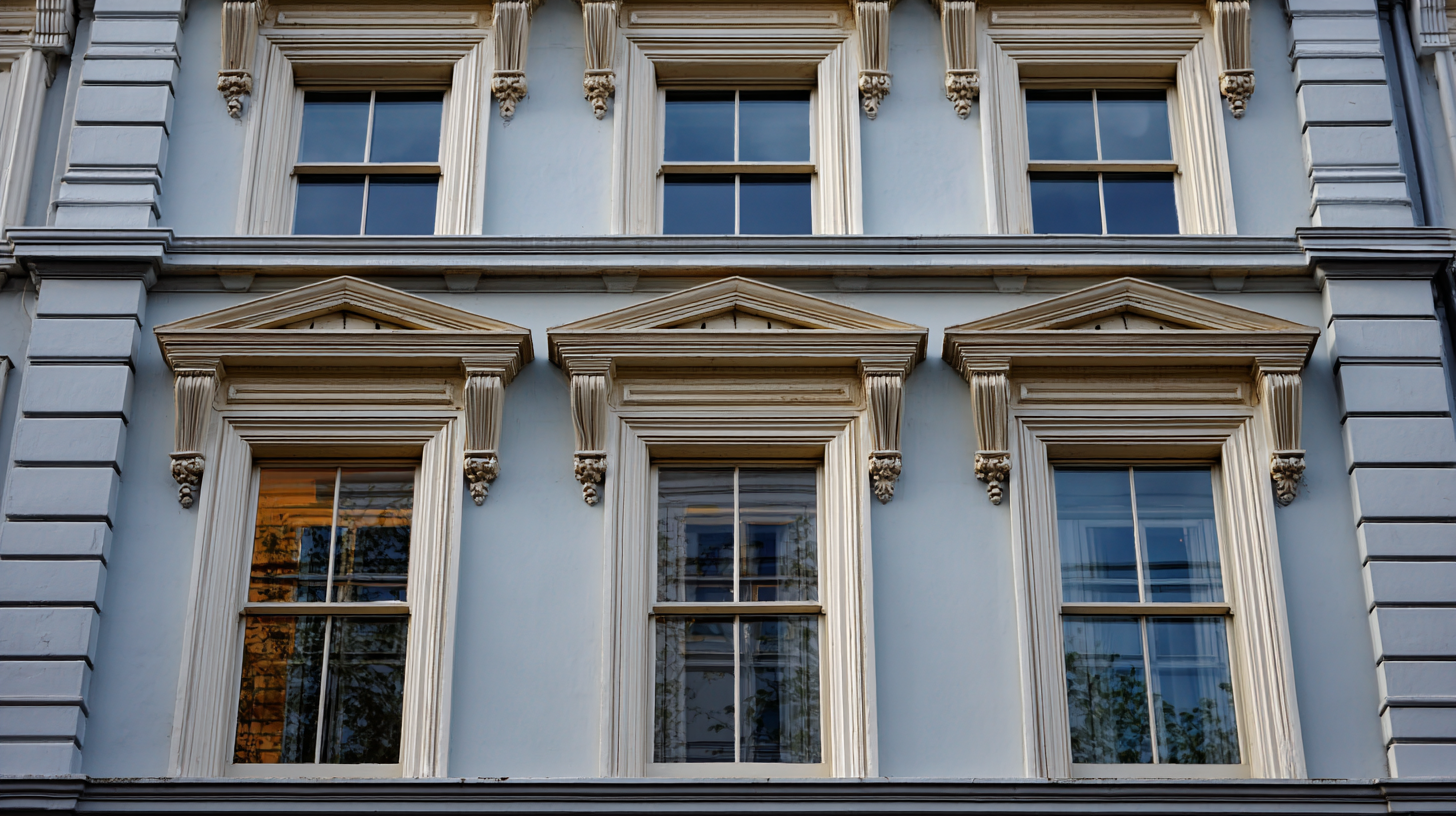
Timber sash windows, known for their traditional charm and durability, can significantly improve insulation when made with proper materials and design techniques. Furthermore, a report by the Carbon Trust highlights that well-fitted sash windows can reduce energy bills by up to 30%, making them not only a visually appealing option but also a financially savvy investment. With a myriad of styles and materials available, it is imperative to understand the various factors that contribute to achieving both energy efficiency and aesthetic value through timber sash windows.
When selecting timber sash windows, understanding energy efficiency ratings is crucial for both environmental impact and cost savings. Energy efficiency ratings often utilize a labeling system that indicates how well a window can resist heat transfer, with higher ratings signifying better insulation properties. Look for windows that are rated A or higher on the energy efficiency scale, as these options tend to minimize heat loss during colder months and reduce heat gain in the summer, contributing to a more stable indoor climate.
Additionally, consider the glazing options available. Double or triple glazing significantly enhances energy efficiency by creating multiple layers of insulation that reduce thermal bridging. When assessing windows, also pay attention to the frame materials; well-constructed timber frames can offer excellent performance when treated properly. By prioritizing energy-efficient ratings and quality materials, homeowners can achieve a balance of aesthetic appeal and functional performance in their timber sash windows.
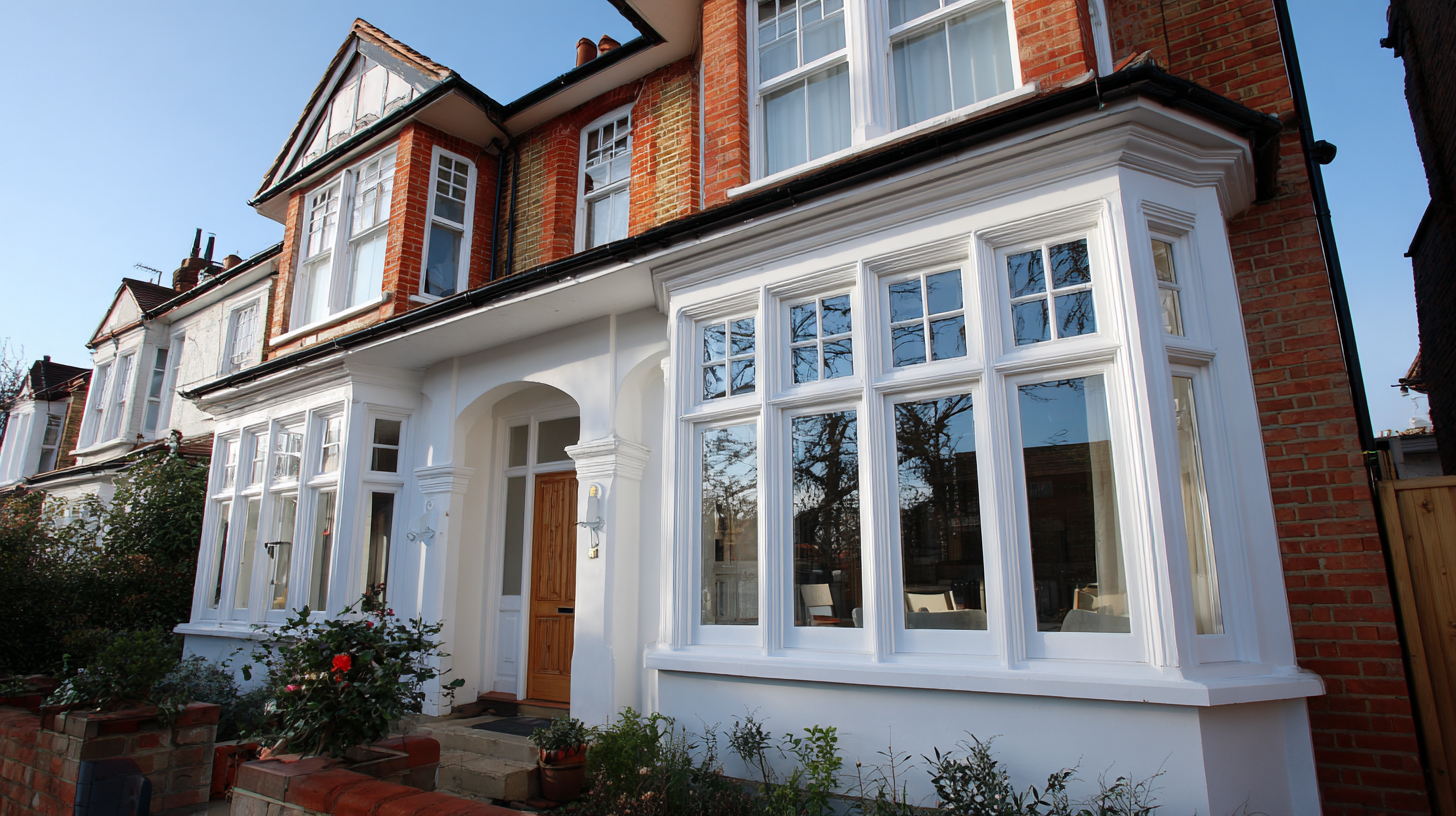
When selecting timber sash windows, the glazing options play a pivotal role in optimizing both energy efficiency and aesthetic appeal. Double glazing is often recommended for its superior thermal performance; the air pocket between the glass panes acts as an insulating barrier, reducing heat loss during colder months and keeping interiors cooler in the summer. Additionally, low-emissivity (low-E) coatings can enhance this performance by reflecting heat back into the room, thereby minimizing energy costs and creating a more comfortable living environment.
Beyond energy efficiency, glazing options also contribute to the overall visual impact of sash windows. Choosing the right type of glazing can balance natural light entry with noise reduction, crucial for properties located in bustling urban areas. For instance, laminated glass not only provides excellent sound insulation but can also be customized with various tinting and finishes to complement the home's design. Ultimately, the right combination of glazing selections ensures that timber sash windows serve as both functional fixtures and striking focal points within any architectural context.
| Glazing Type | Thermal Performance (U-Value) | Noise Reduction (dB) | Aesthetic Appeal |
|---|---|---|---|
| Single Glazing | 5.6 W/m²K | 20-25 dB | Traditional Look |
| Double Glazing | 2.8 W/m²K | 30-35 dB | Balanced Design |
| Triple Glazing | 0.8 W/m²K | 35-40 dB | Modern Elegance |
| Low-E Glazing | 1.2 W/m²K | 25-30 dB | Sleek and Contemporary |
| Acoustic Glazing | 2.0 W/m²K | 40-45 dB | Stylish and Effective |
When selecting timber sash windows, it's essential to strike a balance between aesthetic appeal and energy efficiency.
Timber sash windows provide a classic charm that complements various architectural styles, enhancing the visual appeal of your home. According to a report by the Forest Stewardship Council (FSC), using sustainably sourced timber not only reduces environmental impact but also supports biodiversity, adding an ethical dimension to your aesthetic choices.
Tips: When choosing a color and finish for your timber sash windows, consider shades that harmonize with your home's exterior. Darker colors, for instance, can absorb more heat, which might improve energy efficiency in colder climates while providing a striking visual contrast.
In addition, the design of the windows should consider functionality. Double glazing can significantly improve insulation, as noted in a study by the Energy Saving Trust, which indicates that replacing single-pane windows with double glazing can save homeowners up to £175 annually on energy bills. By integrating energy-efficient glazing into your aesthetics, you not only enhance the beauty of your windows but also contribute to lower energy costs.
When selecting timber sash windows, choosing the right type of timber is essential for ensuring longevity and optimizing insulation. According to a study by the Forest Products Laboratory, timber has natural insulating properties, with wood acting as a thermal insulator. For instance, hardwoods like oak or mahogany have a lower thermal conductivity compared to softwoods, making them an excellent choice for energy-efficient windows. This quality can reduce heat loss in winter and keep interiors cooler in summer, significantly improving the overall energy efficiency of a home.
Additionally, it is important to consider sustainability when selecting timber types. The 2020 Timber Data Report indicated that sustainably sourced timber not only contributes to better insulation and durability but also positively impacts the environment. Eco-friendly options such as certified Douglas fir or European larch come with impressive thermal resistance ratings. By opting for these types of timber, homeowners can enjoy aesthetically pleasing windows while minimizing their carbon footprint, creating a harmonious blend of energy efficiency and visual appeal.
When it comes to maximizing energy efficiency in the installation of timber sash windows, attention to detail during the fitting process is crucial. Begin by ensuring that the window frames are properly measured to suit the opening, allowing no gaps that could lead to drafts. Using high-quality insulation materials, such as expanding foam or weatherstripping, will help seal any potential leaks. This step is vital in preventing heat loss during colder months and keeping the indoor environment comfortable year-round.
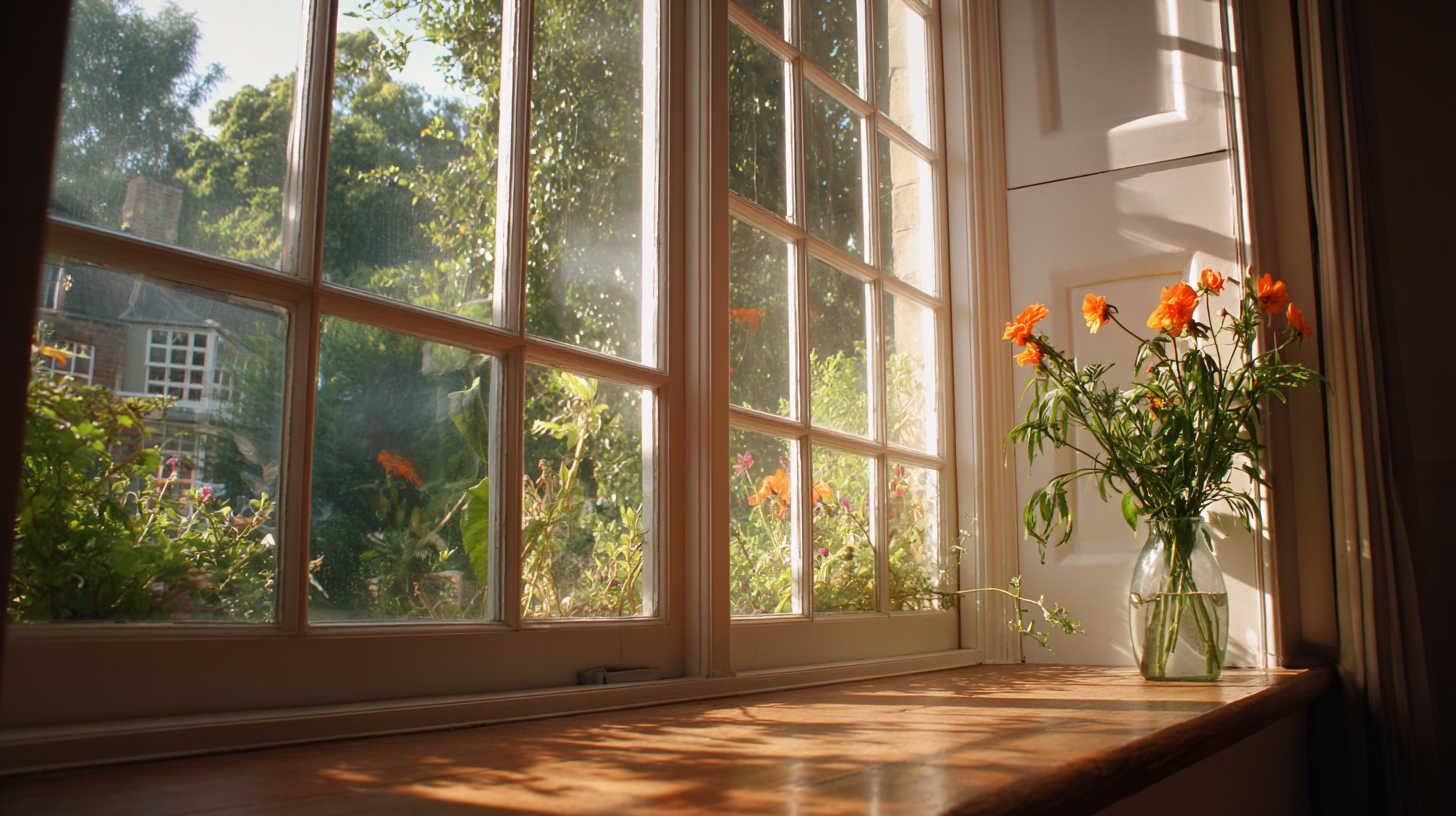
Moreover, the alignment of sash windows plays a significant role in their performance. Ensure that the windows open and close smoothly without excessive friction, as this can compromise the airtight seal and lead to energy inefficiencies. In addition, consider incorporating double-glazed units, which provide better thermal insulation than single-glazed alternatives. This not only enhances energy conservation but also improves sound insulation, adding to the overall appeal of timber sash windows in both functionality and aesthetics. Proper maintenance following installation, such as regularly checking and replacing seals, can further extend the lifespan and efficiency of your sash windows.

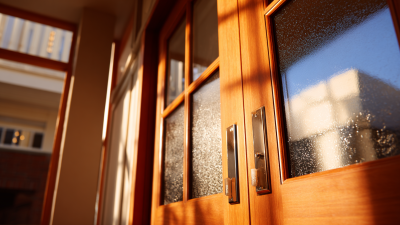

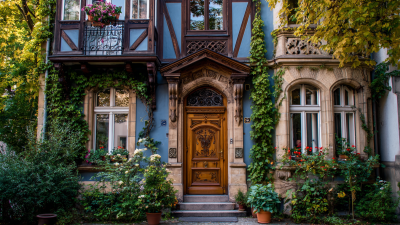


Leave your projects details, and one of our team will reach out to answer any questions you may have